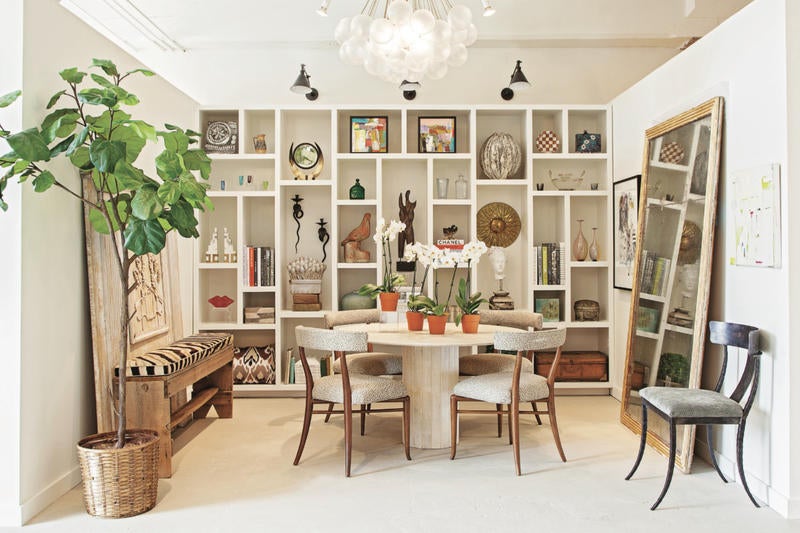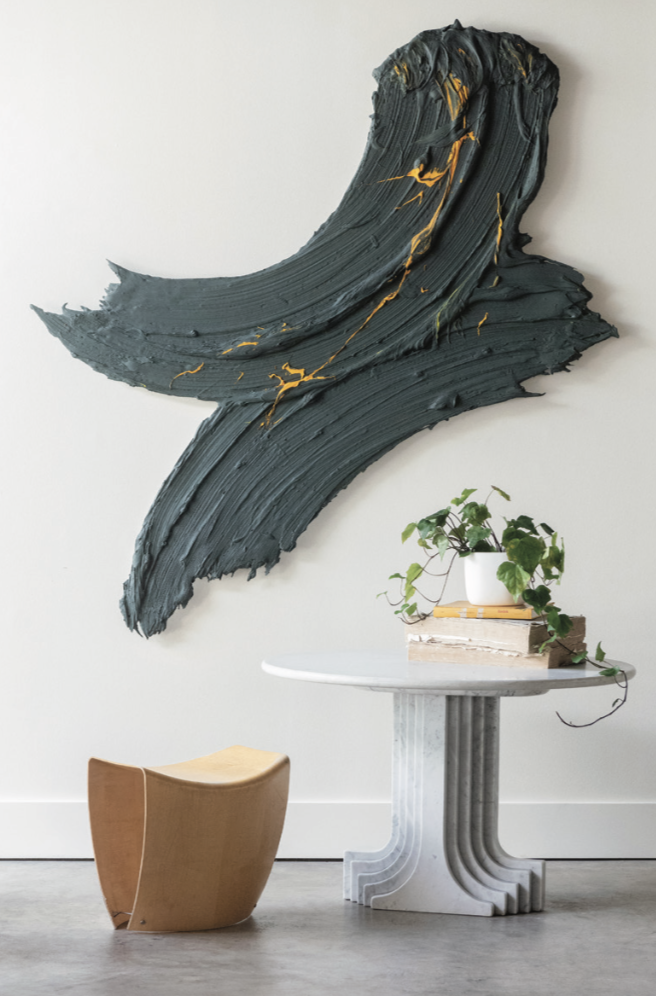
Fritz PorterJulia Lynn
DIALING UP Local design stores are not only surviving, but thriving, as they move online.

FoundKaren Sachar

Ready to dig in?
This article is available exclusively for
BOH subscribers and BOH Insiders.
BOH subscribers and BOH Insiders.
Want full access?









































